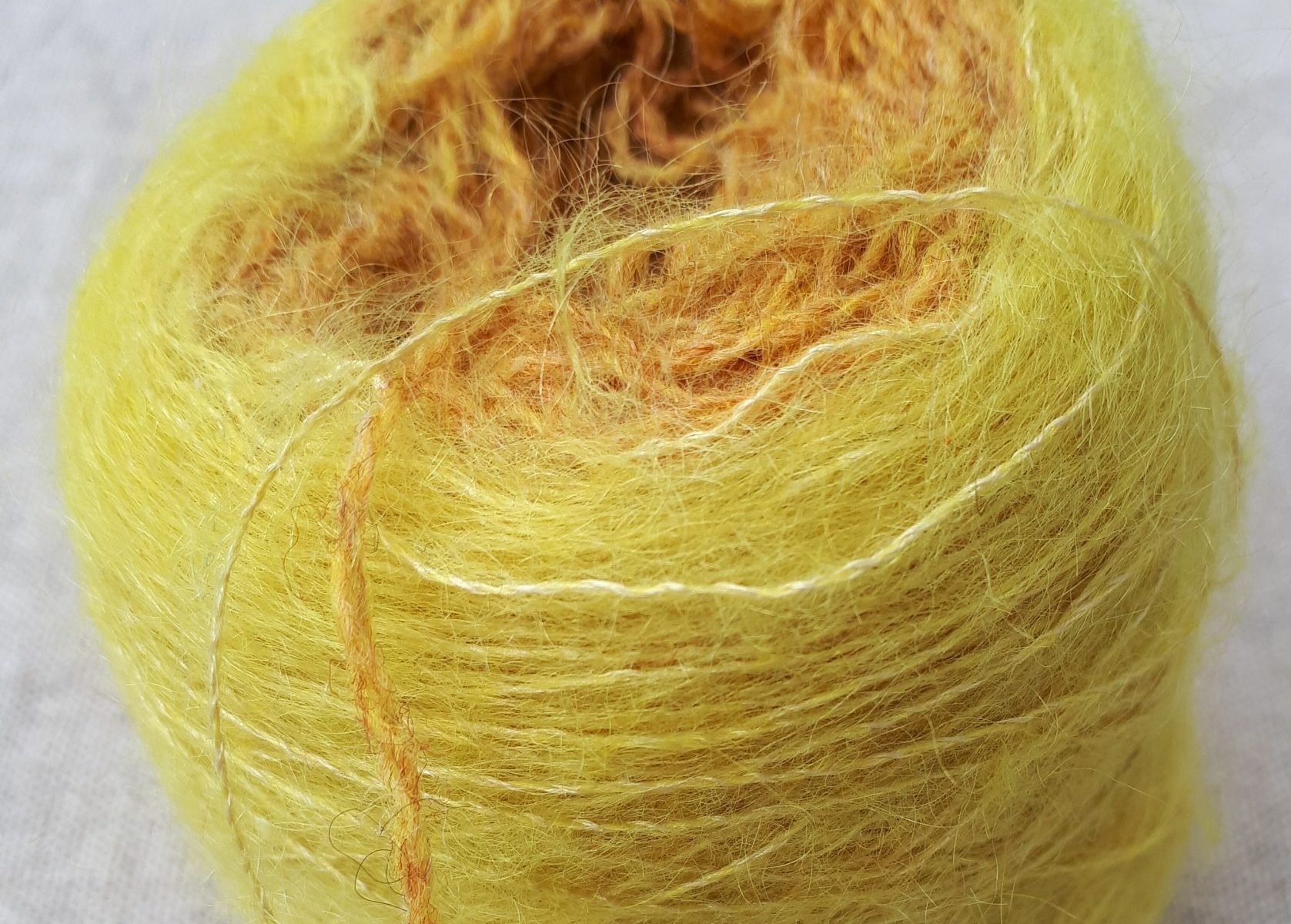Do you love swatching? I do! I love playing with colour combinations, trying out new techniques and seeing what happens to a yarn when you knit it. When knitting swatches I also enjoy and admire their different textures. The possibilities are endless. While designing Gloed, a knitted landscape, knitting different kinds of swatches helped me to determine its contrasts and colours.

Gloed different swatches 
Gloed micro swatches

Of course, I also knit swatches just for gauge, such as the dark blue garter stitch swatch, made before casting on Paris Toujours. The light blue swatch with flowers was made because I was curious to see and feel the technique of the Late Bloomer Mittens by Kirstin Ledgett. I liked it so much that I decided to knit a cushion using this technique and I cast on a second swatch (the darker one with flowers) to try different marls. That cushion is my favourite project for now, I really love alternating knitting and embroidery, it is very satisfying.

Blue swatches
I'm pretty sure this is not my last post on knitting swatches! To be continued...







